Description
What is MERN Stack?
MERN stands for MongoDB, Express JS, React JS, Node JS, these four key technologies that make up the stack.
MongoDB — document database
Express(.js) — Node.js web framework
React(.js) — a client-side JavaScript framework
Node(.js) — the premier JavaScript web server
MERN Stack is a collection of robust and powerful technologies, allows to develop highly scalable three-tier architecture (front end, back end, database) entirely using JavaScript and JSON with minimal efforts.
Why MERN Stack?
Easy and quickly Learn and develop software industry required full stack applications.
As its Open Source we can develop Efficient, highly scalable Cost-Effective Solution.
Good documentation and examples.
Backed up by a large community support for technical knowledge and developmental issues.
Many Prominent Companies Rely on the MERN Stack to develop high quality, Secure and Scalable web applications.
E.g. Facebook, WhatsApp, Instagram, Netflix, dropbox etc.
Outcome of the Course:
Understanding the Full web application life cycle.
Advance Knowledge in HTML, CSS, Bootstrap.
Mastering the UI Layer (React JS), API Layer (Express JS and Node JS) and DB Layer (Mongo DB) with Industry leading MERN technologies.
This Program helps to gain the right skills required for top companies.
Know How to identify, debug the web application performance issues.
Build real-world simulated web application.
Who can attend this course:
Any Individual/Students/IT Professionals who wants to pursue and excel their career in Information Technology can opt for this course. Others who have a passion to enhance their knowledge on how the latest web technologies are working and expand their business growth by using MERN Technologies.
Job Market Demand MERN STACK Developer or Programmer
The average MERN Stack Developer salary in the USA is $117,250 per year. Entry level positions start at $87,500 per year while most experienced workers make up to $146,250 per year. www.talent.com
Overall employment of web developers and digital designers is projected to grow 23 percent from 2021 to 2031, much faster than the average for all occupations. www.bls.gov (US U.S Bureau of Labor Statistics) .
The following topics will be covered as part of MERN Stack Training.
Module 1: Web Development
What is Web Development, what is MERN Stack?
GitHub
Module 2: HTML, CSS and Bootstrap
HTML
Introduction to HTML
HTML Elements, Attributes
Page Creation with Formatting Elements
Creating Links and Navigating, Redirecting Pages
Displaying the Images, Adjustment of Images along with
Content
Organizing data with Tables
Displaying data in Listings
Creating Forms and Layouts with Fields and Input
Implementing the Semantic Elements (latest HTML elements)
Working with Audio and Video (Media Objects)
CSS
Introduction to CSS
Implementing the Three Different ways of Styles: Inline,
Embedded and External to HTML Content
Applying the Web Colors to HTML Content in Three Different
ways: Direct Name, Numerical, and Hexadecimal
Applying different properties like: padding, margin, float, font,
border, background, etc.,
Applying the Display and Position properties, etc.,
Creating the Web Page with Content
Creating the Grid Layout with Sample Content with Responsive
Working with Media Queries
Bootstrap
Introduction to Bootstrap, Usage, Advantages
Discussing about different types of Resolutions
Implementing the Bootstrap Required Links into Web Pages
Create the Fixed Width, Fluid Width Web Pages
Implementing the Components of Bootstrap:
Tables, Lists, Forms, Images,
Modals, Tabs, Cards, Navigations
Module 3: JavaScript and ECMAScript
JavaScript
Introduction about JavaScript, DOM etc?
Writing the Programs and Displaying the Data
Understanding about Keywords, Identifiers
Declarations: var, let, const
Implementing Statements: Decision Making Statements and
Loop Statements
Working with Arrays and Implementing with Examples
Understanding the Concept of Functions: Call and Define,
Functions with Parameters, Return Statement, Arrow Functions,
Call Back Functions
Implementing the Object-Oriented Programming in JavaScript:
What is Object, Class, Constructor, Method, Property etc., and
its terminology
Creating the concept with Class and Object includes the
Methods, Properties, and Accessing the Data
Prototype, Closures concepts implementation
Promise, and Async and Await concepts implementation
ECMAScript
ECMAScript Introduction
Declarations of Identifiers with let & const
Working with Loops
Functions, Passing Parameters, Return Statement, Arrow
Functions, Call Back Functions
Spread Operators
Map Object with Set and Get
Promise, Async and Await with Promise
Module 4: React JS
React JS Introduction
Scope of React JS
What is React JS?
Understanding the Terminology of React JS
What is Single Page Application?
Understanding the React JS Architecture
Setting up the React JS Environment
Creating the First Project in React JS
Understanding the Project Folder & Files Structure
Working with assets – HTML, CSS, Images, JavaScript in React JS
Understanding the Term: Component.
What is Component?
Creating the new Component(s)
Accessing the Created Component(s)
Working with Re-Usable Component(s)
React Fragments
Understanding the Terms: ‘props and ‘state’
Working with ‘props’
Implementing the ‘props’ into Component(s)
Creating the ‘state’ object, setting the ‘properties’ into it
Accessing the ‘properties’ from ‘state’ object into Components
Working with Event Handlers ex., onClick, onHover, onBlur,
onFocus, onChange etc.,
Conditional Rendering
Lists and Keys in React JS
Composition Vs Inheritance
Higher Order Components
Type checking with Prop Types
Creating the methods into Component(s)
Writing the definition(s) of the methods
Passing ‘parameters’ into methods
Understanding the concept of Property Binding
Two types of Property Binding., 1. One Way Property Binding
and 2. Two Way Property Binding
Asking the User to input the value, accessing those value(s)
Creating the group of Component(s) and accessing those
through ‘state’ object
Creating the CRUD operations
Understanding the concept of Routing
Creating the group of Component(s) and aligning them into
Routing
Error Boundaries
Introduction to progressive WebApps
Progressive WebApps with React
React with TypeScript
Fetching the Data from RESTAPI into Component(s) and
accessing the Data
Understanding and Working with Material UI (React JS UI
Framework)
Creating the Button, Radio, Form, Table etc.,
Working with Form, Two – Way Property Binding
Creating the Validation with Error Hints,
Applying the Regular Expressions to Input Fields
Working with the concept of Observables
Working with the concept of Services
Implementing the concept of Observables & Subscribe with
Services
Implementing the concept of Observables & Subscribe with
Services using RESTAPI
Understanding the Terms: babel, webpack
Understanding the concept of Redux
Understanding the Terms: Component, Action, Reducer, Data
Store
Understanding and implementing the concept of Redux
Introduction to middleware and need of middle ware in React JS
Understanding the Term: Saga
Implementing the functionality of Redux with Saga
Understanding the Terms: Life Cycle Hooks
What is the usage of Life Cycle Hooks
How many types of Life Cycle Hooks: 1. Class Based Life Cycle
Hooks and 2. Functional Based Life Cycle Hooks
Understanding the Class Based Life Cycle Hooks and its
methods: componentDidMount(), componentDidUpdate(),
componentWillUnmount() etc.,
Understanding the Functional Based Life Cycly Hooks and its
methods: useState(), useEffect(), useContext(), etc.,
Understanding the concept of Styled Components
Working with React JS Developer Tools
Implementing the concept of ContextAPI
Understand and Implementing the Unit Tests in React JS
Creating the Single Page Application in React JS
Introduction to Server-Side Rendering (SSR)
Implementing Server-Side Rendering in React JS
Module 5: Node JS and Express JS
Node JS
Introduction to Node JS
What is Node JS? Advantages of Node JS
Traditional Web Server Model
Node JS Process Model
Setup Dev., Environment
Install Node JS on Windows, Mac and Linux
Working with REPL
Node JS Console
Node JS Modules
Functions
Buffer
Modules
Module Types
Core Modules
Local Modules
Module.exports
Node Package Manager
What is NPM?
Installing Packages Locally
Adding Dependency in package.json
Installing packages globally
Updating packages
Creating Web Server
Creating Web Server
Handling Http Requests
Sending Requests
File System
Reading a File Asynchronously / Synchronously
Writing a File Asynchronously / Synchronously
Opening a File
Deleting a File
IO Operations
Debugging Node JS Application
Core Node JS Debugger
Debugging with Visual Studio Code
Events
EventEmitter Class
Returning EventEmitter
Inhering Events
Express JS
Introduction to Express JS
Env., Setup of Express JS
Creating a Sample Program in Express JS
Creating a Static Routing & Dynamic Routing
Working with HTTP Methods
Creating the URL Building
Using Middleware Functions
Creating a Templating
Working with Static Files
Parsing Form Data
Parsing & Fetching & Connecting with Database
Cookies & Sessions
Authentication
Restful Api’s
Scaffolding
Error Handling
Debugging
Module 6: MongoDB
Introduction to MongoDB
Differences between SQL vs NoSQL
Features & Advantages of MongoDB
Installing MongoDB along with Compass
Understanding the Terminology: Database, Collection,
Document, etc.,
Commands in MongoDB
Creating Database, Drop Database
Creating Collection, Drop Collection
Insert, Update, Delete the Documents
Writing Conditions while Retrieving, Updating the Documents
Data Aggregation
$match, $project, $group, $unwind, $sort, $limit, $set, $lookup
$count, $distinct,
Working with Indexes, Types of Indexes
Module 7: Creating the Project with MERN Stack
Prerequisites:
Basic Computer Knowledge.
Duration & Timings :
Total Hours – 100 Hours.
Training Type: Online Live Interactive Session.
Faculty: Experienced.
Access to Class Recordings.
Weekday Evening Schedule:
Start Date :Monday, August 19,2024.
Duration: 13 – 15 Weeks
Days: MON – THU (4 Days/ Week)
Time – 8:30 PM to 10:30 PM (EST)
Inquiry Now
USA: +1 734 418 2465 | India: +91 40 4018 1306

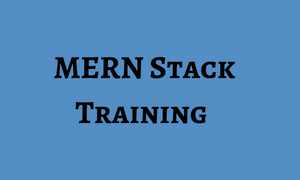
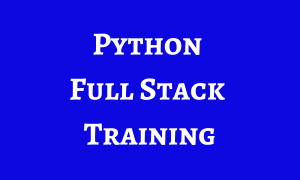
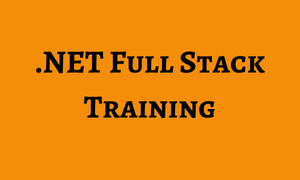
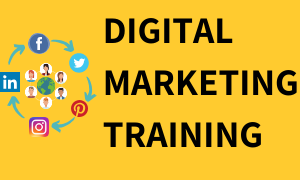

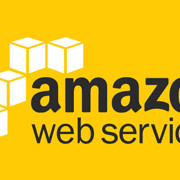
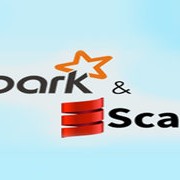
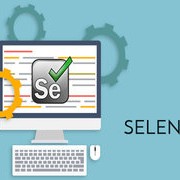
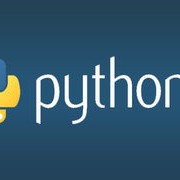


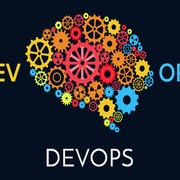

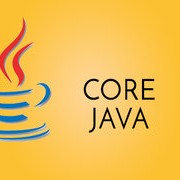


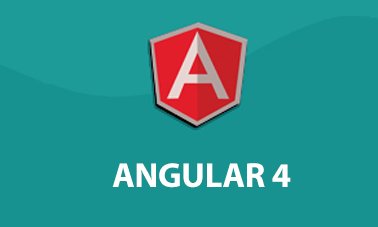
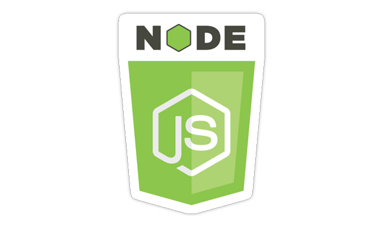
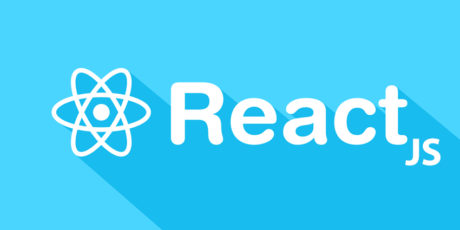
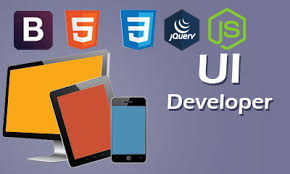

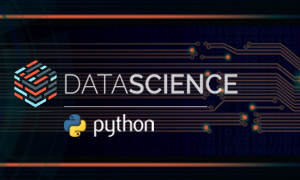

 +91 40 4018 1306
+91 40 4018 1306 +1 734 418 2465
+1 734 418 2465 info@learntek.org
info@learntek.org
Reviews
There are no reviews yet.